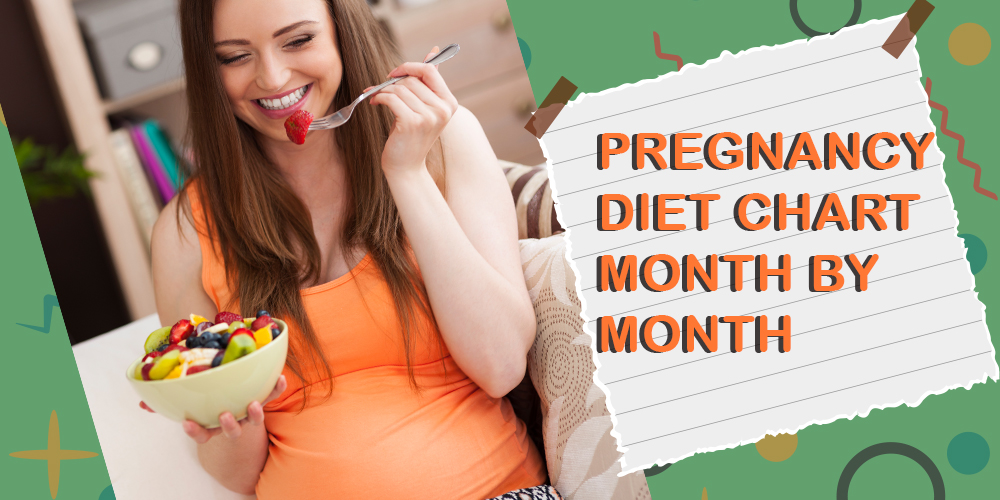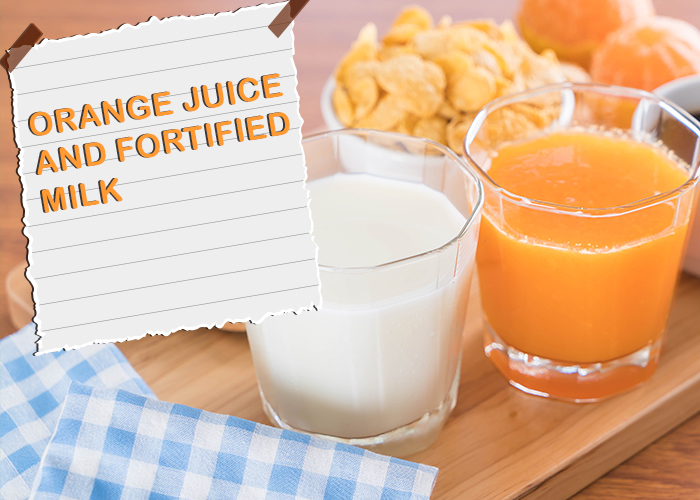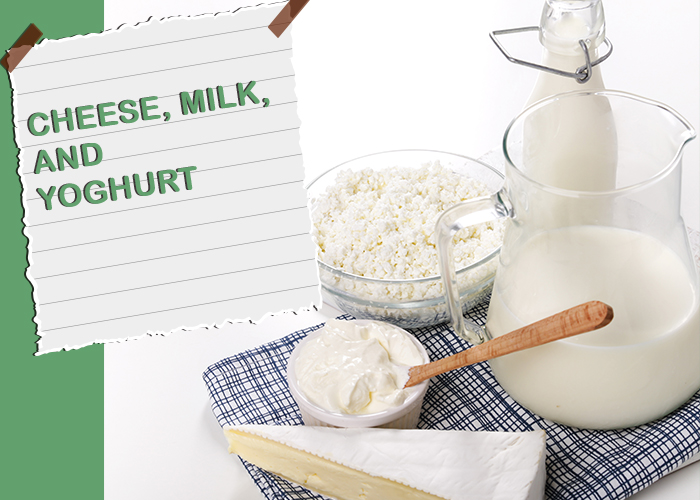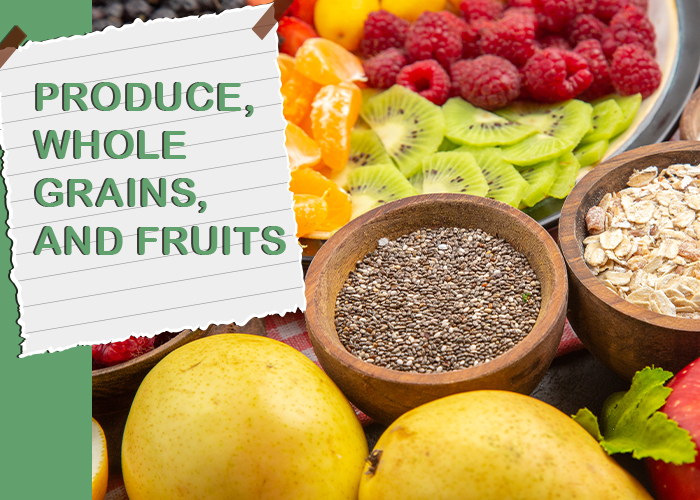Congratulations! You’ve discovered that you are expecting! Once you’ve recovered from your first shock and excitement, you’re undoubtedly thinking about how you might help this new life or what will be your “Pregnancy diet chart month by month”. Eating healthily in general and during pregnancy is not all that different. Just in larger quantities, you require the same ratio of vitamins, minerals, and other nutrients. A few minor tweaks should be sufficient if you currently follow a balanced diet. Additionally, our Prenatal Nutrition Guide offers additional advice on healthy eating.
A Pregnancy Diet Chart: What Is It?
A pregnancy diet chart is an organized plan that describes the recommended dietary intake for pregnant moms during each stage of pregnancy. A well-crafted pregnancy diet chart ensures that the essential building blocks for fetal development—proteins, carbs, and fats—are consumed in a balanced manner. The National Library of Medicine recommends the following:
Protein: An important factor in food quality, especially during pregnancy, is both the quantity and composition of protein. Research suggests that consuming insufficient amounts of protein while pregnant may result in low birth weight, low heart weight, fast heart rate, and high systolic blood pressure.
Fat: The main reason a fat matter in a pregnant woman’s diet is because of its composition, especially in terms of fatty acids like (EPA) and (DHA). DHA and EPA are two types of omega-3 fatty acids that are very beneficial for brain development and retinal health.
Carbohydrate: A diet that is well-balanced must include carbohydrates. However, a higher calorie intake associated with a higher consumption of fat and carbs in addition to enough protein has been associated with newborn obesity, which is undesirable.
Why Does Eating Healthfully Affect My Pregnancy?
For the baby to grow healthily, to experience as few difficulties as possible, and even after birth, optimal nutrition is essential during pregnancy. A good diet during pregnancy can lower your baby’s risk of obesity, diabetes, and heart disease later in life, according to studies. Asthma, eczema, and hay fever are just a few of the conditions that can be significantly decreased in your unborn child by eating healthily and using specific probiotics during your pregnancy.
What to eat throughout pregnancy: A monthly meal plan
For your planning convenience, we’ve put together a suggested monthly menu of essential foods for breakfasts, lunches, and dinners while pregnant. Generally speaking, during your pregnancy, you’ll need a wide range of foods, a lot of protein, and lots of water. Let’s talk about the Pregnancy diet chart month by month.
Our list focuses on foods that contain nutrients that are especially vital for your baby’s development in each of the months. Balance is ultimately what matters.
Eating items from each of these five food groups every day is the simplest approach to making sure your diet is balanced:
- Dairy products,
- Chicken,
- Seafood,
- Fruits and Vegetables
- Starches and Grains
Including all five food groups in a meal can be challenging, but aim to do so for at least two or three of them. Additionally, variety is crucial. Vary your daily meals to ensure that you are getting a variety of vitamins, minerals, and phytochemicals.
What to eat in every month of pregnancy!!
Month: 01
In the initial months of pregnancy, morning sickness is frequently experienced. While not all women experience it, for those who do, it can be rather severe. The good news is that by the start of the second trimester, most women no longer experience nausea.
KEY FOODS TO AWARD IN THE FIRST MONTH OF PREGNANCY:
Folate-rich foods: Foods high in folate include whole grains, legumes (lentils, beans, and chickpeas), and green leafy vegetables (spinach, rocket, and parsley).
Vitamin B6: Early pregnancy nausea and vomiting can be effectively treated naturally with 40 mg of vitamin B6 taken twice daily. If you think taking this supplement could be helpful, discuss it with your doctor.
Leafy vegetables, fortified whole grains: Folate can be found in many different places and is an essential nutrient. During the first month of pregnancy, consuming enough of this B vitamin can help lower the chance of birth abnormalities.
Protein from lean meat: Meat contains the most bioavailable type of iron. This indicates that it can enter your system most easily and promptly produce red blood cells, which are necessary for distributing oxygen throughout your body and the body of your unborn child.
Avocado, sweet potato, chicken: Any salad can be enhanced in flavor and nutritional value by adding one of these foods as a topping. They contain a lot of vitamin B6.
Month: 02
In the second month, your baby is still rather tiny. They have little bud-like limbs and legs and are roughly one inch long. You might have noticed that you’ve put on a few pounds by now. The placenta’s growth and the increasing blood volume are to blame for this. Your breast tissue and uterus will enlarge to accommodate the growing fetus and the production of breast milk.
Salmon, cooked eggs: DHA, which comes from one of the two essential fatty acids that our systems are unable to synthesize, is present in these foods. Make sure you eat two servings of fish every week and take an omega-3 fatty acid supplement of 200 mg daily to ensure you are getting the recommended amount of DHA.
Sunflower seeds, raw almonds: There is a lot of vitamin E in these nuts. Studies indicate that vitamin E, an antioxidant, may help prevent miscarriage and preeclampsia, a form of elevated blood pressure that can happen during some pregnancies, particularly when paired with vitamin C. Egg yolks and olive oil are two other excellent sources of vitamin E.
Month: 03
Your baby is now about the size of a pea pod and weighs approximately 3 inches. They each have distinct fingerprints of their own! It seems like you’re starting to feel better, and by the end of the month, any nausea should go down.
Orange juice and fortified milk:
A substance in our skin is spontaneously converted to vitamin D by sunlight. Consequently, we need to take supplements when we don’t get enough sunlight each day or eat foods high in vitamin D, like during the winter. Vitamin D aids in the absorption of calcium, which is needed to create a baby’s teeth and bones.
Fruits, veggies, beans, whole-grain breads, and cereals: A significant increase in fiber consumption can occasionally be accompanied by gas and bloating; however, gradually increasing the quantity of fiber in your diet may help reduce this risk.
Month: 04
Greetings from the second trimester! By the fourth month, your baby weighs around the same as a deck of cards and is already 5.5 inches long. Now that their soft skeleton is turning into bone, you may be able to see your growing baby bump. You should boost your daily calorie intake by roughly 300 throughout the second trimester. Additionally, you want to up your daily protein consumption by roughly 10 grams, or the equivalent of a glass of milk.
Boiled eggs and organic meats: Lean, free-range meats and cooked eggs are excellent sources of iron. It’s critical that you consume adequate iron during your pregnancy since it supports the growth of your unborn child’s brain. Positive outcomes for growth and cognitive development are also associated with adequate iron.
Beans, tofu, chickpeas, and leafy greens: Furthermore, there are plant-based iron sources for both vegans and non-vegetarians. Consume plant-based foods high in iron and vitamin C. This promotes the body’s absorption of iron derived from sources other than animals. Tofu, spinach, and beans are other plant-based sources of iron that are useful.
Month: 05
You can start to feel some kicks at month five as your baby works out its developing muscles. You need to be feeling more energized as well.
Cheese, milk, and yogurt.
Tomatoes, oranges, and broccoli: Throughout your pregnancy, you will require vitamin C to aid in the production of collagen, which gives skin, tendons, cartilage, and bones their structure. It will support your body’s defenses against infections. Other foods high in vitamin C include peppers and citrus drinks.
Month: 06
Although your child’s lungs have grown incredibly by month six, they are still unprepared to operate in the outside world. Your baby will start to react to familiar sounds, such as your voice, at this point.
You may be starting to feel hungrier now.
Produce, whole grains, and fruits:
These fresh foods are high in antioxidants, vitamins, and minerals, and include enough fiber to keep things moving. Consuming foods high in fiber is essential to preserving intestinal health throughout pregnancy.
Avocado: Because pregnancy causes an increase in fluid levels in the body, it’s critical to keep your electrolyte balance in check.
Month: 07
The third trimester, or the home stretch, is now upon you! Your baby has grown to be longer than ten inches and is beginning to resemble the baby you will soon meet. Their lashes are starting to form, and they have limited eye-opening capability. Your developing uterus can be pressing on your stomach at the same time, giving you heartburn.
Fish, meat, and poultry:
The finest sources of protein are meat, poultry, and fish; one ounce is equivalent to roughly seven grams of protein. Women who are pregnant or nursing also frequently experience iron insufficiency. Consuming meat, fish, and poultry can also help you acquire adequate iron.
Whole-grain breads, Brazil nuts, and canned light tuna: These foods are excellent choices for snacks because they are high in nutrients and energy.
Month: 08
Making ensuring you’re eating a nutritious diet is more crucial than ever in the eighth month. In addition to giving your baby vital nutrition, you’re enhancing your own strength and stamina for the impending delivery.
Pollock, shrimp, and salmon: The brain of your unborn child is growing and developing quickly during the third trimester. As a result, you should consume lots of necessary fatty acids in your diet.
Sour cherries: It’s critical to get adequate sleep during your pregnancy. An essential hormone that controls sleep, melatonin, can be increased in the body with the aid of sour cherries. Try sipping a cup of unsweetened cherry juice before bed to promote better sleep.
Produce, whole grains, and fruits: These are all excellent providers of fiber. Constipation is prevalent during pregnancy; however, it can be avoided by consuming the proper quantity of dietary fiber.
Month: 09
The arrival of your baby is rapidly approaching! Up until birth, their lungs will continue to develop, getting ready for that first intake of air. Before the baby arrives, this is a nice time to unwind and give yourself some alone time.
Water: Water is so vital, but it’s frequently taken for granted.
Cranberries: It is crucial that the lower sections of your digestive tract have a healthy microbiome before birth. To help your body rid itself of toxins and ward off urinary tract infections, make sure you drink enough water each day (UTI).
The Don’ts:
- Never skip meals for longer than two or three hours.
- Don’t eat for two (raise energy intake by a maximum of 300–500 kcal during pregnancy).
- Avoid consuming too many processed carbohydrates.
- High-mercury fish
- Under-cooked, raw, and processed meats/ fish/egg
- Soft cheeses
- Unpasteurized milk
- The dirty dozen
Conclusion:
The pregnancy diet chart month by month is only a chart. Eating a healthy diet throughout your pregnancy can have a significant and long-lasting impact on the health and development of your unborn child as well as your own pregnancy and delivery experience. Because there is so little trustworthy information available on eating healthily during pregnancy.






